“If we stray too far from our inherited dependence on the natural world, we do so at our own peril.”
– Stephen Kellert
Biophilic Design for Education: Transforming Learning Environments with Nature-Inspired Spaces
Biophilic design is reshaping educational spaces across the UK, enhancing well-being, engagement, and learning outcomes by integrating natural elements into the built environment. At Harrogate Garden Design, we specialise in creating biophilic educational settings that foster connection to nature and improve mental and physical health for students of all ages, including those with special educational needs (SEN).
What is Biophilic Design in Education?
Biophilic design in education incorporates natural elements like light, greenery, and organic materials into learning spaces. This approach aims to bring the outdoors in, using elements that mimic natural forms, patterns, and colours to create calming and stimulating environments. Studies show that biophilic design in schools can reduce stress, enhance focus, and improve cognitive performance, making it an effective strategy for students’ overall well-being and academic success.
Benefits of Biophilic Design in Schools and Colleges
- Boosts Learning and Creativity: Biophilic elements like natural light and views of greenery can improve focus, concentration, and creative thinking, making learning environments more effective.
- Supports Mental Health: Integrating biophilic principles into classrooms can help reduce stress and anxiety, especially important for SEN students who benefit from calming spaces tailored to their needs.
- Encourages Engagement: Nature-inspired spaces make learning more enjoyable and inviting, which can increase engagement and attendance in schools.
- Promotes Sustainability: Biophilic design often includes sustainable materials and practices, instilling environmental awareness in students and encouraging responsible choices.
Our Approach to Biophilic Design for Education
At Harrogate Garden Design, we create purpose-driven educational spaces that prioritize student well-being. Our projects range from the transformation of disused buildings, like our recent Barnsley SEN provision, into modern, nature-inspired facilities to the design of custom classrooms that meet the sensory needs of all students. By combining elements like green walls, natural light, sustainable materials, and open layouts, we create spaces that support learning, focus, and a sense of community.
Why Choose Biophilic Design for Your School or Educational Institution?
Biophilic design is more than a trend; it’s a proven strategy for creating healthier, happier, and more engaging educational spaces. If you’re looking to transform your school, college, or early learning centre into an environment that fosters growth, resilience, and joy, biophilic design is a powerful approach to consider.
For more information about our biophilic design services in education or to view our recent projects, contact us at lisa@harrogategardendesign.co.uk . Let’s work together to create learning environments that bring nature into education, enriching students’ lives and learning experiences.
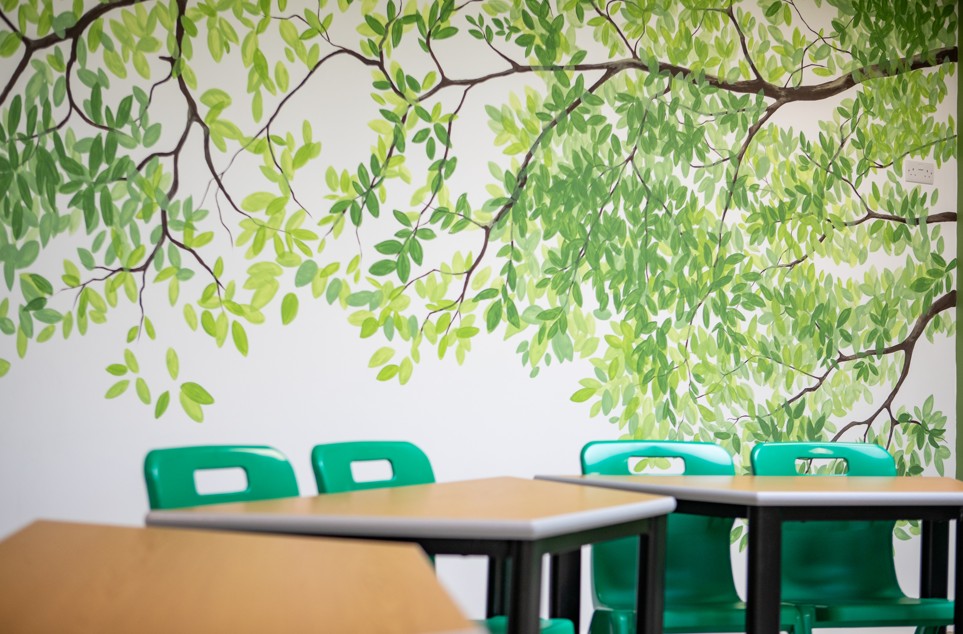
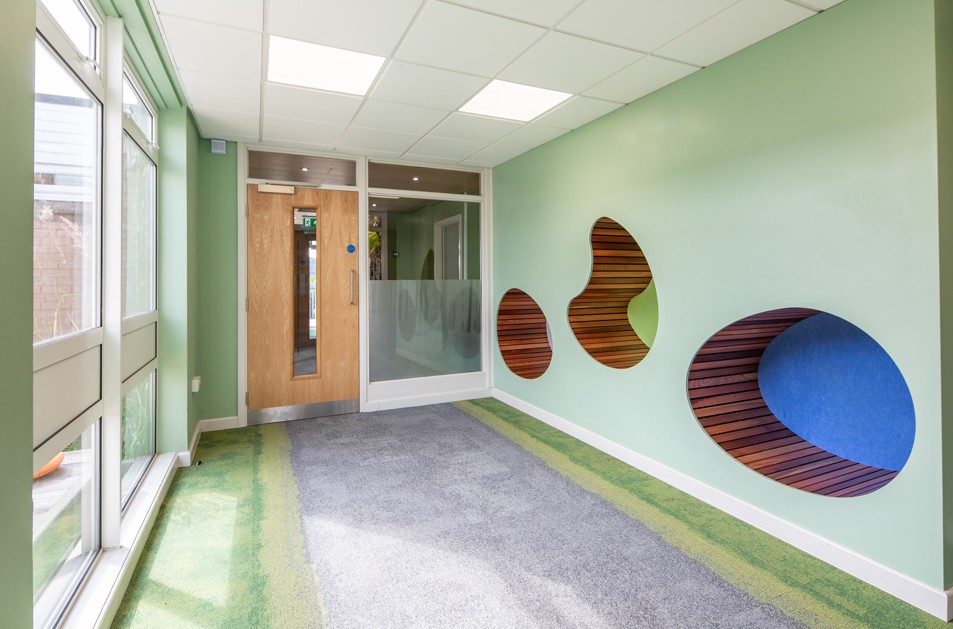

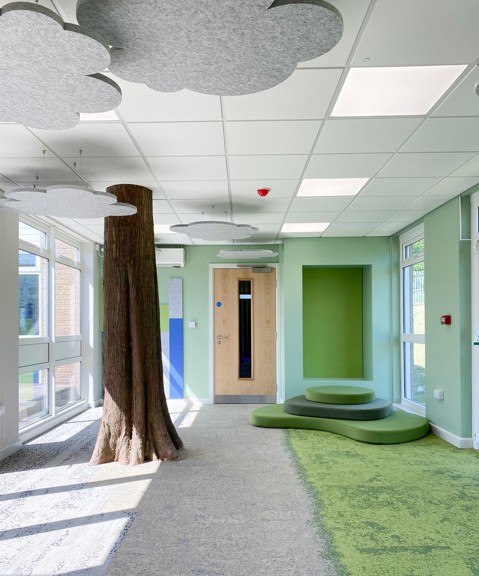
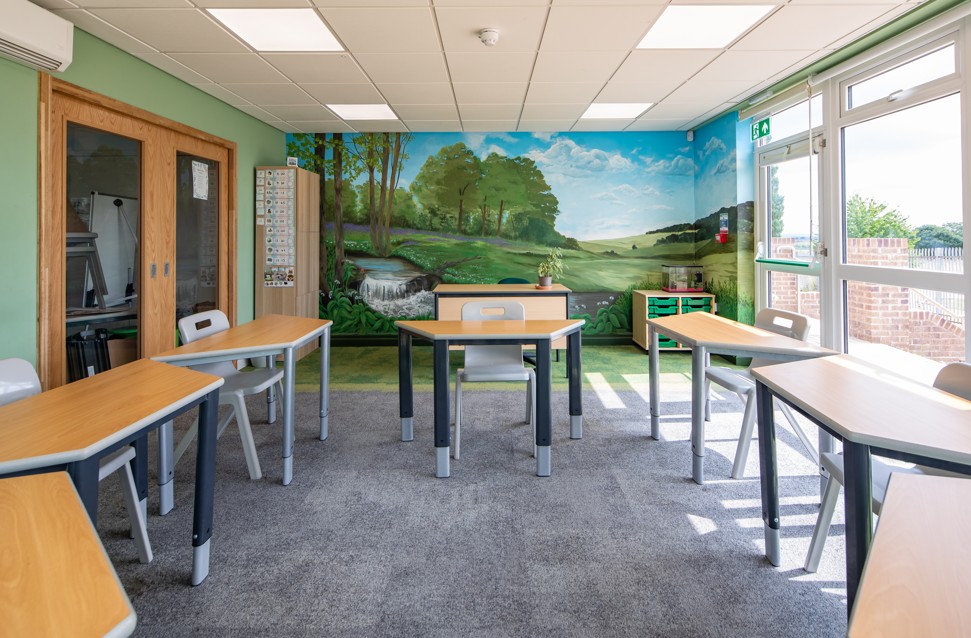
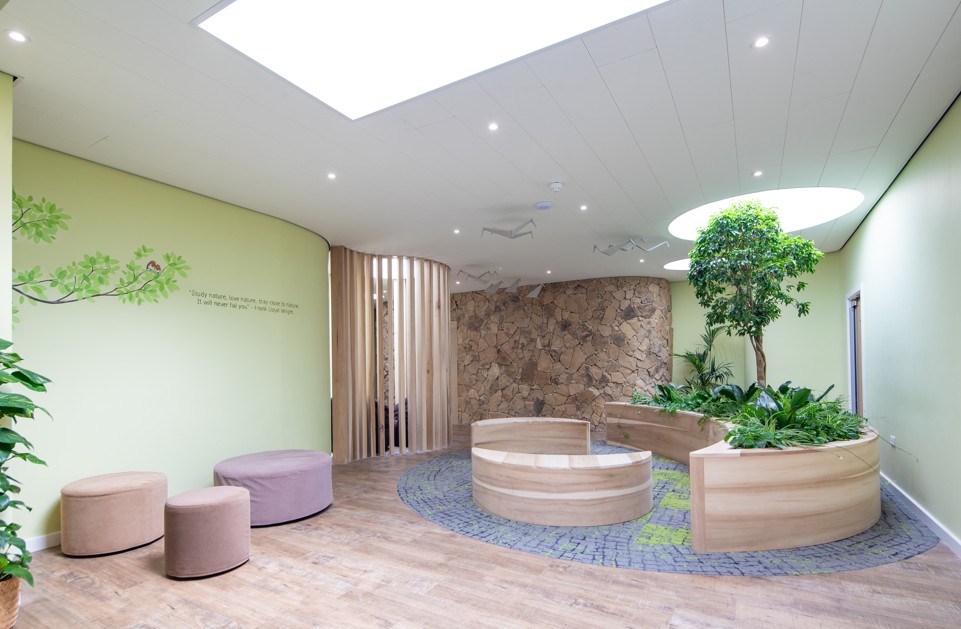
What are the benefits of Biophilic Design?
There have been numerous studies over the last 35 years on the benefits of Biophilic design and improving our connection with nature, these are:
Homes: can become more calming & restorative, with 7-8 % less crime attributed to areas with access to nature and can command an increase of 4-5% in property price.
Office design: productivity can be increased by 8%, rates of well-being up by 13%, increases in creativity, with reduced absenteeism and presenteeism and increased mental health.
Hospitality design: Guests willing to pay 23% more for rooms with views of Biophilic elements in a green space.
Education spaces: increased rates of learning 20-25%, improved test results, concentration levels and attendance, reduced impacts of ADHD by using biophilic space.
Healthcare spaces: post-operative rates of recovery reduced by 8.5%, reduced pain medication by 22%.
Retail: the presence of vegetation & landscaping has been found to increase average rental rates on retail spaces with customers indicating they were willing to pay 8-12 % more for goods and services.
Biophilic Designer Services
If you want to discuss improving your outdoor space or interior environment, our Biophilic Design Consultations are available as an add on service to an existing scheme or as an full design service from concept through to delivery. Get in touch for a quote.
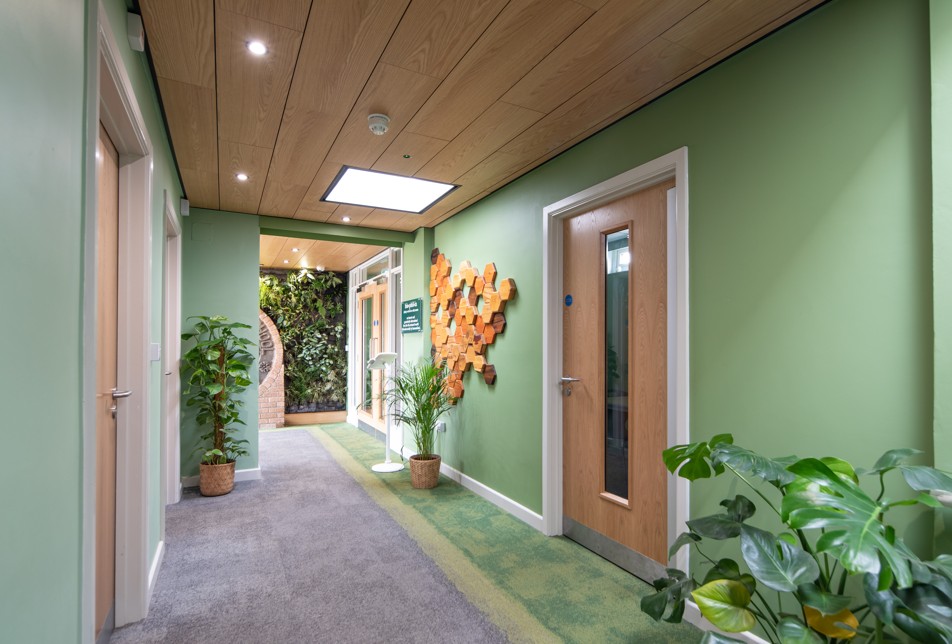
Biophilic Garden Design: Creating Harmony with Nature
Studies show that spending time in biophilic gardens can reduce stress levels by 35%, and incorporating biophilic elements in garden design can increase a property value by up to 20%.
The key elements of biophilic garden design include incorporating plants and greenery, water features, and natural materials like wood and stone. These outside spaces often include wildlife-friendly features such as bird feeders, butterfly gardens, runs for animals or insect hotels.
It takes skilled landscape designing experience to plan the layout and structure to focus on maximising organic aesthetics while still enhancing biodiversity. Our aim is to always create harmony and promote wellbeing, even in an urban environment.
Our ideas, approach and biophilia design inspiration always involve making the most of natural sunlight, using a variety of beautiful flowers, shrubs, grass and trees, with a low maintenance sustainable style in mind. The finished project will reflect any current structures or building architecture.

